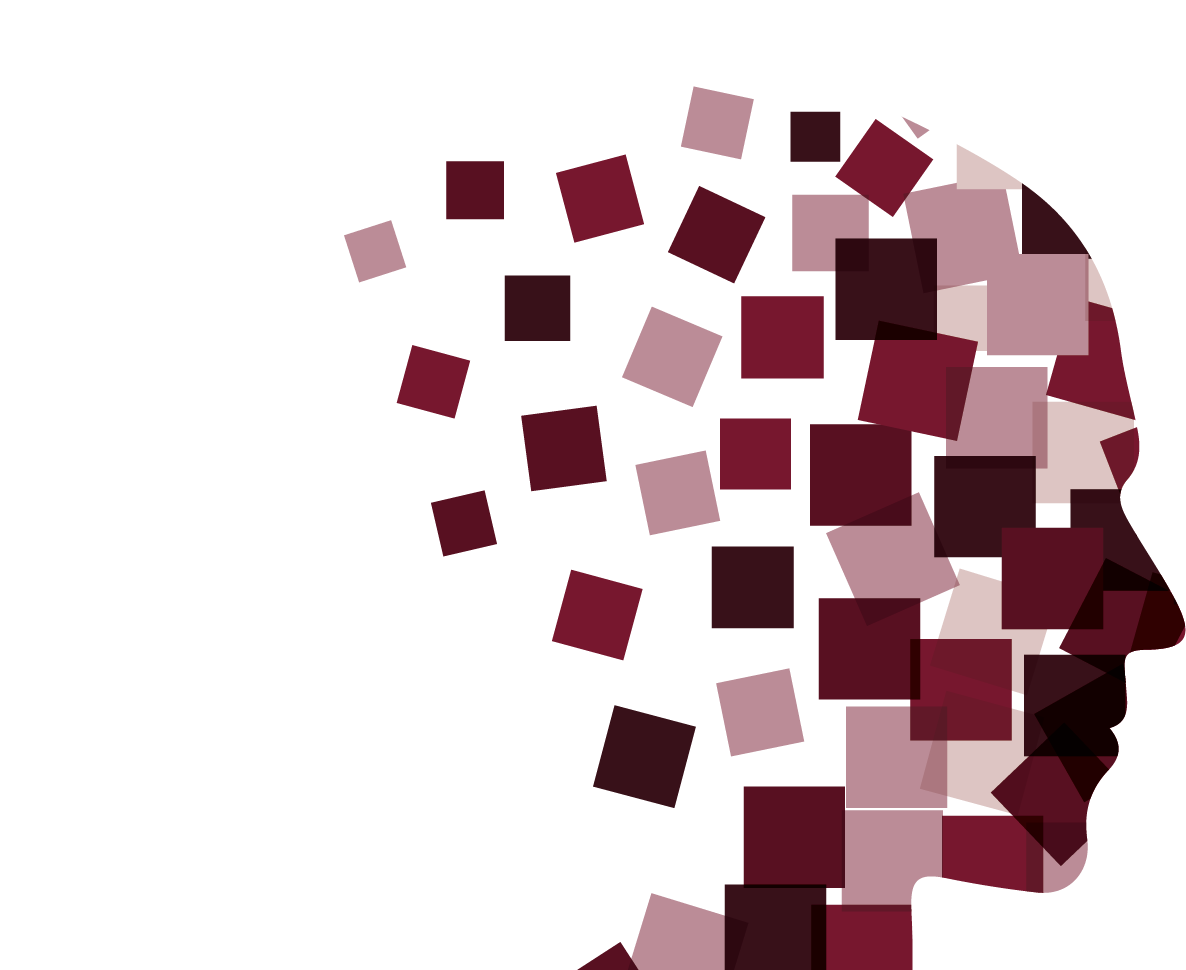Lean says: Manage Flow Your brain says: My work isn’t linear. My day is filled with interruptions and so I don’t have the “luxury” of flow.
What’s at play here: Functional Fixedness.
If there is one area where there’s not an obvious transfer of Lean principles from manufacturing to knowledge work, it’s understanding how flow can in fact be achieved when work is creative and contextual rather than isolated and prefigured.
On the factory floor, workers create a fairly static set of tangible products in a predictable way, while constantly aiming to reduce variation to produce uniform output.
In the office, whether their work products are largely inventive (e.g. software development) or relatively standardized (responding to a customer service call, for instance), knowledge work is fraught with variation.
Myriad people, products, projects, processes, experience levels, and information sources (both tacit and explicit), coupled with the requests for clarity and / or adjustment these constituencies make can combine and compete to create a sometimes bewildering if not cacophonous work environment.
Confusing and noisy - yes. Wasteful? Probably not. Quite the contrary, in fact.
In knowledge work, value is created through often unplanned human interaction. Water cooler conversations, instant message exchanges, seemingly interminable and ostensibly “useless” meetings, and serendipity combine to create customer value. Indeed, oftentimes customers themselves end up contributing to this continuous conversation.
Office workers usually have multiple projects with their own constituencies, deliverables, and anomalies. This creates a “noisy” interdependent environment with a very different relationship to variation than the one that exists on the shop floor. When it comes to knowledge work, variation - change - is a constant. No two financial audits will occur the same way. No two court cases will require the same strategy.No two treatment plans will offer the same course of action.
Oftentimes this change is how an organization learns. In the office, learning is the driver of successful projects, myriad improvements, and satisfied stakeholders.
Because of this, knowledge workers’ value streams have a very short shelf life. This does not mean they have no value stream, nor does it mean that their value streams are an effort in futility. Rather, their value streams ebb and flow with the work itself. They will stabilize and allow for the creation of a project-specific value-stream, but one which will always require continuous adjustment and improvement.
Therefore in knowledge work, flow comes not through relentless standardization and waste reduction, but through the continuous optimization of processes with a very short shelf-life. When it comes to optimizing flow in the office, the value stream is in a perpetual state of kaizen (which will be discussed in the next section).
How to mitigate:
In the office, flow is interrupted not by communication per se, but by unnecessary communication or the interruption of focus. For a person or a team, their focus is maintained when they have a single task that they are allowed to complete unimpeded.
The issue in the office is that countless tasks are being processed simultaneously and whether they are self-imposed or external, interruptions are both frequent and inevitable. This is necessary for the organization’s learning, but it does not have to arrive chaotically. They can be batched to process similar tasks together. They can be analyzed to see where they emanate from and why. They can be scheduled. They can be be processed more thoughtfully.
Visualizing work as a team, as well as interruptions, allows team members to see when an interruption is least disruptive. Limiting WIP lowers the amount of potential interruptions (less people asking for status or seeking additional information). And techniques like working meetings and Pomodoros allow staff to sequester themselves for short periods of focus.
The overall goal to achieve flow in the office rests in creating pockets of focus to allow work to achieve completion. We do not, however, want to over-regulate work or stifle conversation because, while it is often unplanned, this type of variation is where true learning occurs.
Up next in The Lean Brain series: Push is Blind. Pull is Informed. See Beyond the Silo.
Earlier posts in this series:
Introduction: 5 Ways Our Brain Can Thwart Lean
Post 1: Value is a Conversation
Post 2: Visualization Begets Alignment
Tonianne is partner & principal consultant at Modus Cooperandi, co-author of the Shingo Research and Publication Award winning Personal Kanban: Mapping Work | Navigating Life, co-founder of Kaizen Camp™ and Modus Institute. Toni explores the relationship between performance, motivation, and neuroscience, is passionate about the roles intention, collaboration, value-creation, and happiness play in “the future of work,” and appreciative of the ways in which psychology, Lean, systems thinking, and the work of W. Edwards Deming can facilitate these ends. She enjoys Coltrane, shoots Nikon, butchers the Italian language (much to the embarrassment of her family), is a single malt enthusiast, and is head over heels in love with her adopted home, Seattle. Follow her on Twitter @Sprezzatura.

